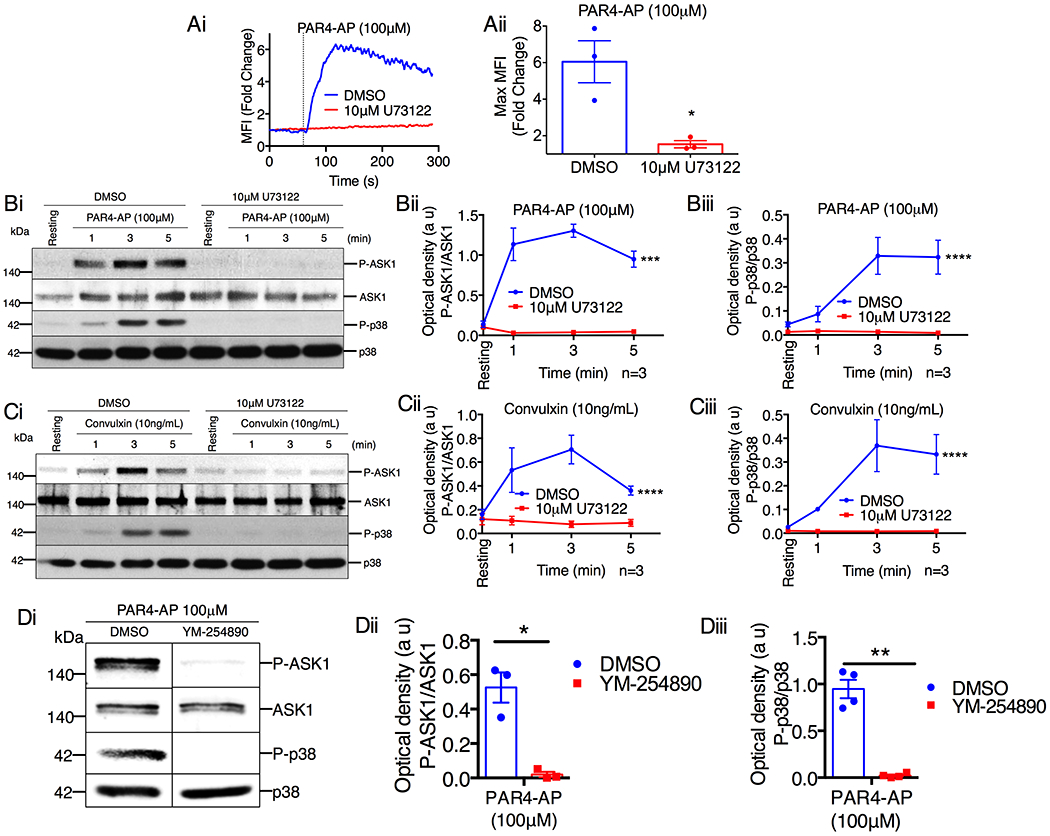Figure 4. Activation of ASK1 by platelet agonists requires PLCβ/γ activity.

(A) Fluo-4-loaded washed human platelets pretreated with DMSO or the pan-PLC inhibitor U73122 (10μM) were activated with PAR4-AP and intracellular Ca2+ rise was measured. (Ai) Representative tracing of PAR4-AP-induced Ca2+ rise in platelets. Vertical dotted line denotes point of agonist addition. (Aii) Quantification of the maximum Ca2+ rise from Ai, *P<0.05, Student’s t-test. (B-C) Western blot analysis of human platelets pretreated with either DMSO or U73122 (10μM) before being stimulated with (B) PAR4-AP (100μM) or (C) convulxin (10ng/mL). (Bi & Ci) Images of representative immunoblots of phosphorylation of ASK1 and p38 using phospho-specific antibodies. Blots were reprobed with anti-ASK1 and anti-p38 antibodies to ensure equal protein loading. Quantification of the band intensities of (Bii & Cii) P-ASK1 and (Biii & Ciii) P-p38 from (Bi & Ci), ***P<0.001, ****P<0.0001, two-way ANOVA. (D) Western blot analysis of human platelets pretreated with either DMSO or YM-254890 (1μM) before being stimulated with PAR4-AP (100μM) for 3 min. (Di) Images of representative immunoblots of phosphorylation of ASK1 and p38 using phospho-specific antibodies. Blots were reprobed with anti-ASK1 and anti-p38 antibodies to ensure equal protein loading. Quantification of the band intensity of (Dii) P-ASK1 and (Diii) P-p38 from (Di); *P<0.05, **P<0.01, Student’s t-test.
